At the recent Third Session of the Government Steering Committee on Science, Technology, Innovation, Digital Transformation and Project 06, Prime Minister Pham Minh Chinh pointed out that creating strong enough mechanisms and policies to attract talents in the field of science and technology is becoming more urgent than ever, because this is the core force that creates new knowledge, technical solutions and advanced technology to improve labor productivity, shift economic structure, and promote the digital economy .
In many countries in the Asia- Pacific region, attracting talent in the field of science and technology has become a key strategy to promote innovation, enhance national competitiveness and serve sustainable development goals. Each country has its own approach, but all are based on the principle of creating a favorable environment, attractive remuneration policies and long-term development opportunities for high-quality human resources.
China
In recent decades, China has implemented a series of strong policies to attract and promote talents in the field of science and technology, considering this an important pillar to realize the ambition of becoming the world's leading technological power. The mechanism to attract talents in China not only focuses on "repatriating" Chinese scientists but also targets international experts, with a comprehensive strategy from policy, working environment to life support.
One of the most prominent programs is the “Thousand Talents Plan,” which was launched in 2008. This program specifically targets Chinese scientists, technical experts, and high-tech entrepreneurs working abroad, encouraging them to return to China for long-term or short-term assignments. Those selected often receive very attractive incentives such as high salaries, start-up subsidies of up to millions of yuan, free housing, as well as good research conditions in key institutes and universities.

In addition, China has developed high-tech zones such as Zhongguancun in Beijing or Shenzhen – known as the “Silicon Valley of Asia”. Here, technology businesses and startups enjoy many preferential tax and capital policies, and have the opportunity to cooperate closely with major research institutes. Technology experts working in these zones also have access to modern facilities, abundant research funds and an open creative environment.
China has also stepped up reforms in higher education and scientific research, investing in building schools such as Tsinghua University, Peking University, and the University of Science and Technology of China (USTC) into world-class training and research centers. In addition, immigration policies, visa issuance, and support for families of experts in housing, healthcare, and child education have also been adjusted to become more favorable for international talent.
Thanks to a synchronous and strategically oriented attraction mechanism, China has attracted tens of thousands of high-quality scientists and technology experts, making an important contribution to making the country a center of technological innovation with global influence.
Korea
Korea is one of the Asian countries with a systematic and effective strategy in attracting science and technology talents to serve the process of industrialization, modernization and development of the knowledge economy. The government of this country clearly identifies that people are the key factor in innovation, so it has implemented many synchronous policies, combining financial incentives, advanced research environment and long-term career development opportunities for domestic and foreign experts.
One of the highlights of the talent attraction mechanism in Korea is the heavy investment in leading research institutes and universities such as the Korea Institute of Science and Technology (KIST), the Korea Advanced Institute of Science and Technology (KAIST), and Seoul National University (SNU). These institutions are not only equipped with modern facilities but also have autonomous mechanisms in recruiting and treating human resources, creating conditions to attract highly qualified scientists from around the world.

The Korean government also implements national funding programs such as “Brain Korea 21” or “World Class University” to fund scientific research, support postgraduate training costs, and encourage international research cooperation. Foreign experts are invited to teach and conduct research at key universities and research institutes with competitive salaries, flexible contracts, and support for visas, accommodation, and children's education.
In addition, Korea focuses on developing an innovation ecosystem, with high-tech zones such as Pangyo Techno Valley - where thousands of technology businesses, startups and R&D centers of large corporations such as Samsung, LG, Hyundai converge. Businesses are encouraged to cooperate with researchers and are willing to invest heavily in attracting domestic and international talent.
Thanks to practical policies and long-term vision, Korea has gradually built a highly qualified science and technology workforce, contributing significantly to the country's outstanding technological achievements and growing position on the global science map.
Singapore
Singapore is one of the typical countries in Asia in building a mechanism to attract and develop science and technology talents in a strategic and comprehensive manner. With a small population and limited natural resources, Singapore soon realized that human resources are the core factor to maintain growth and enhance national competitiveness in the digital age. Therefore, the government of this country has invested heavily in education, research and innovation ecosystem, creating a solid foundation to attract domestic and international talents.
One of the prominent mechanisms is the establishment of world-class research centers such as the Singapore Agency for Science, Technology and Research (A*STAR), Biopolis Center, or leading universities such as the National University of Singapore (NUS), Nanyang Technological University (NTU). These facilities have invested heavily in infrastructure, technology and research budget, creating conditions for scientists to work in a professional, modern and business-connected environment.

The Singapore government has launched a number of scholarship and research funding programmes such as the “A*STAR Graduate Scholarship” and “NRF Fellowship” to attract outstanding students and researchers from around the world. Scholars and professionals are invited to work with competitive salaries, high research autonomy, and practical support in visas, housing and family benefits. Singapore also has a flexible immigration policy for science and technology talents, encouraging permanent settlement for individuals with outstanding contributions.
In addition, the island nation is actively building a dynamic startup environment with the presence of investment funds, technology incubators and tax incentives for innovative businesses. The close connection between the state, research institutes and the private sector helps science and technology talents easily transfer ideas into commercialized products.
With an effective talent attraction policy and strategic vision, Singapore has become a leading regional center for technological research and innovation, and an attractive destination for global scientists.
Source: https://khoahocdoisong.vn/doc-chieu-thu-hut-nhan-tai-khoa-hoc-cong-nghe-post2149042364.html



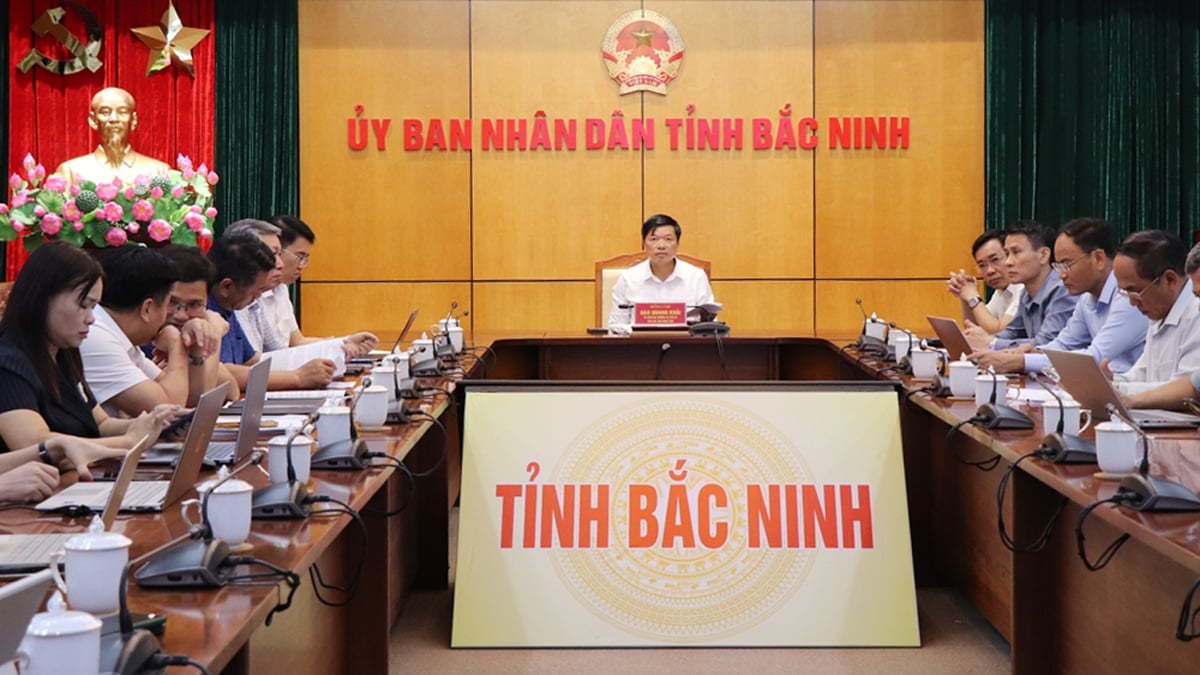
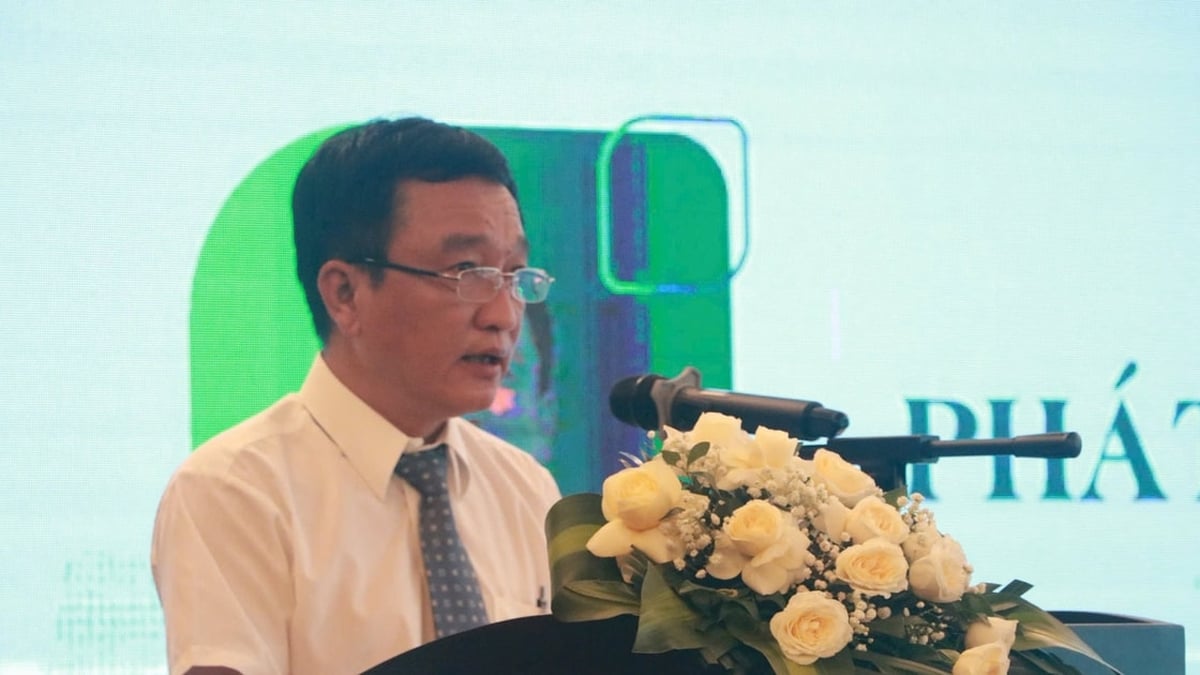

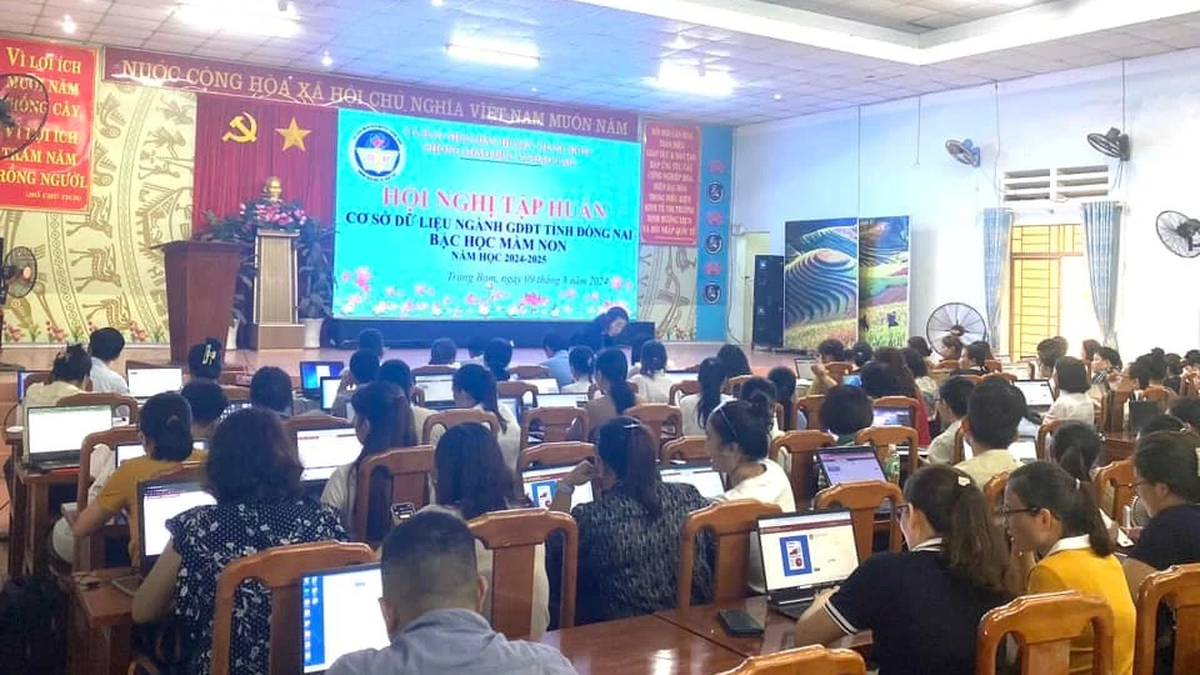
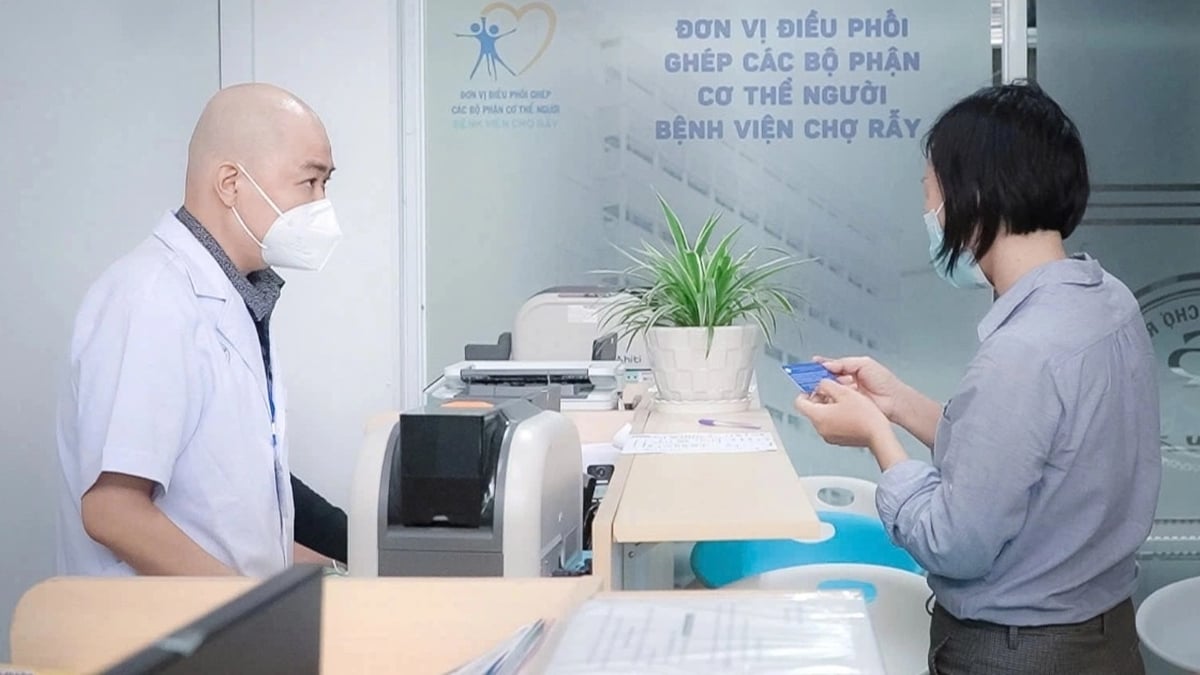
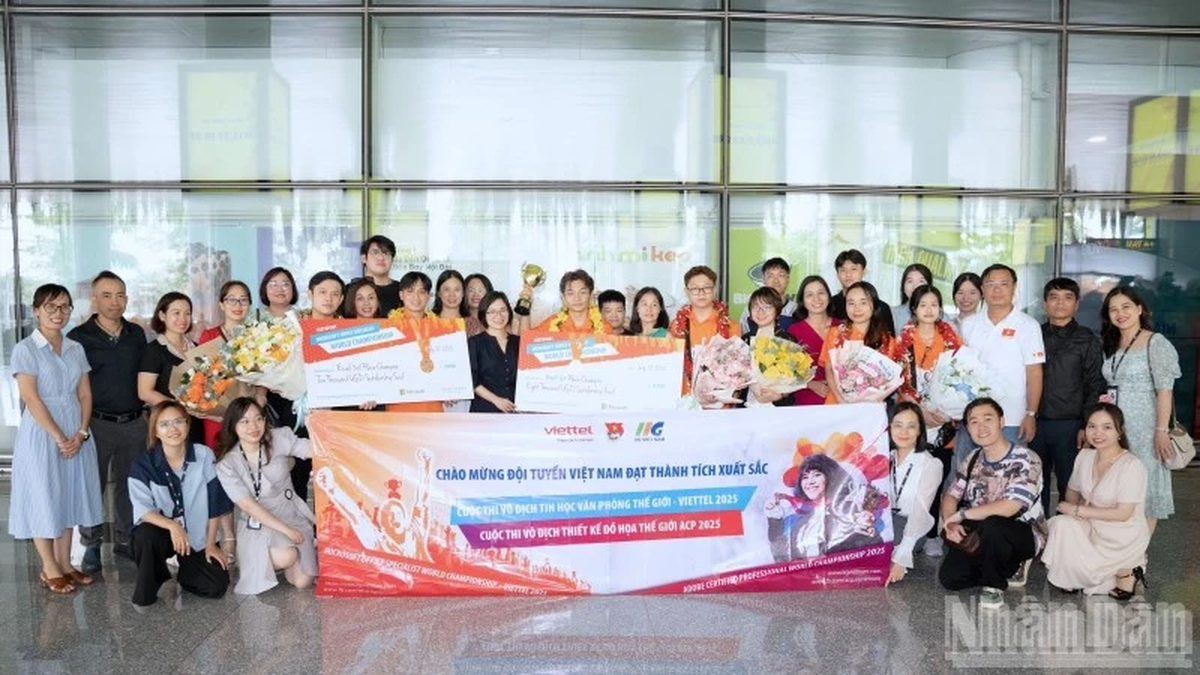
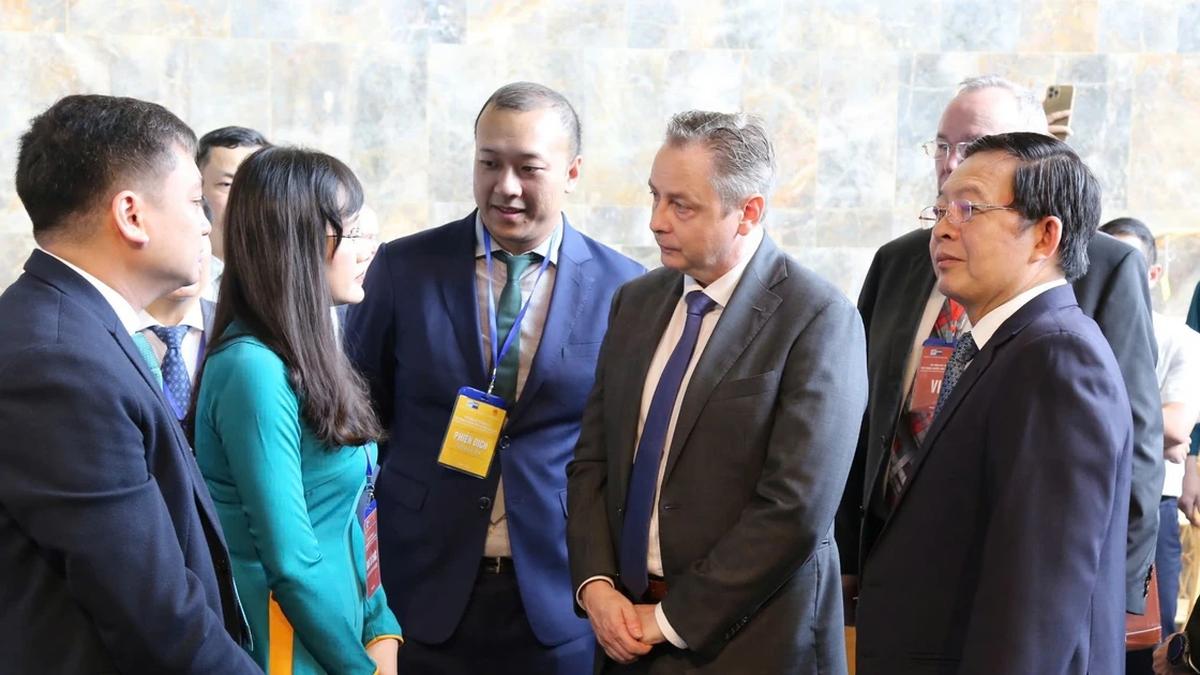

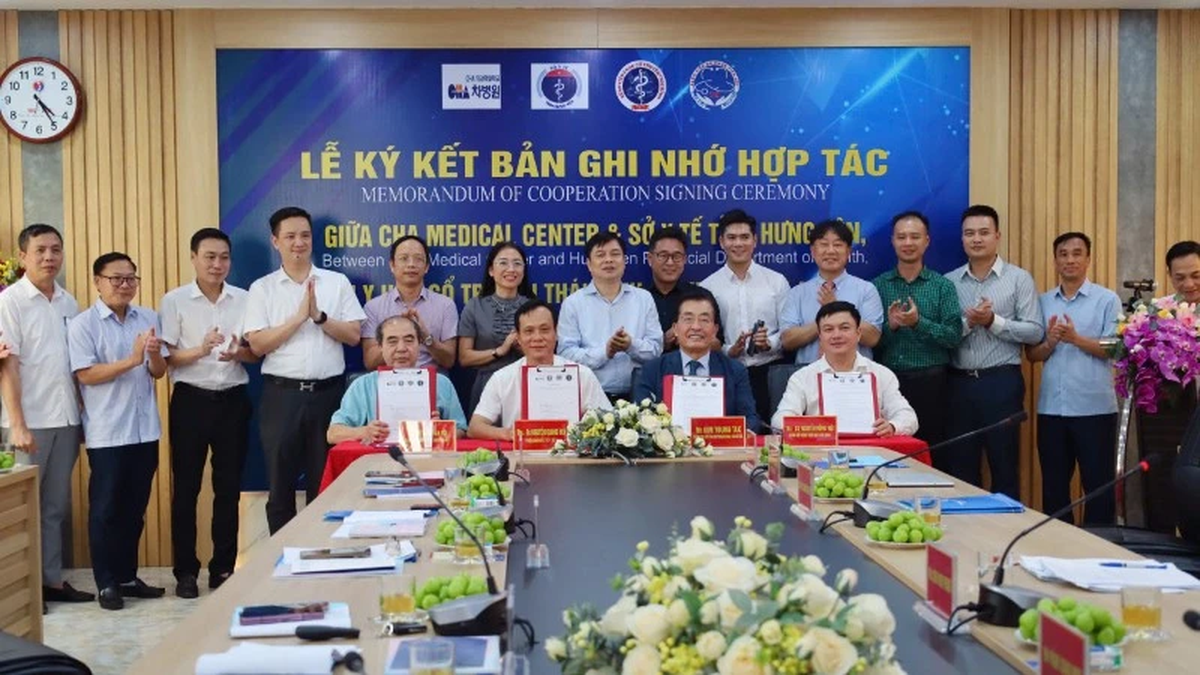























































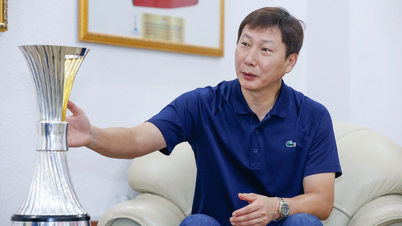








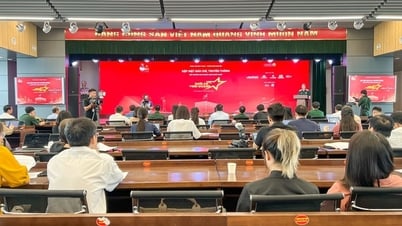
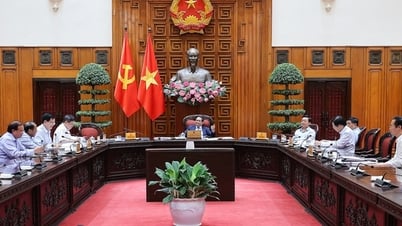
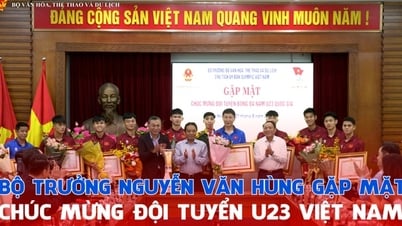
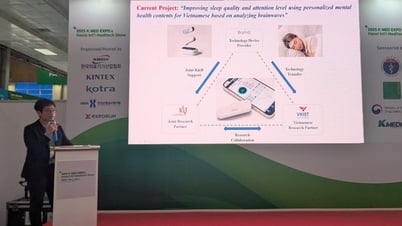























Comment (0)